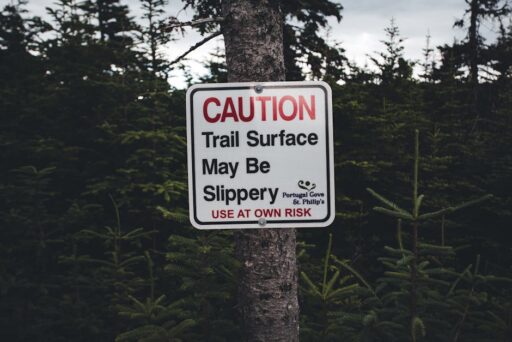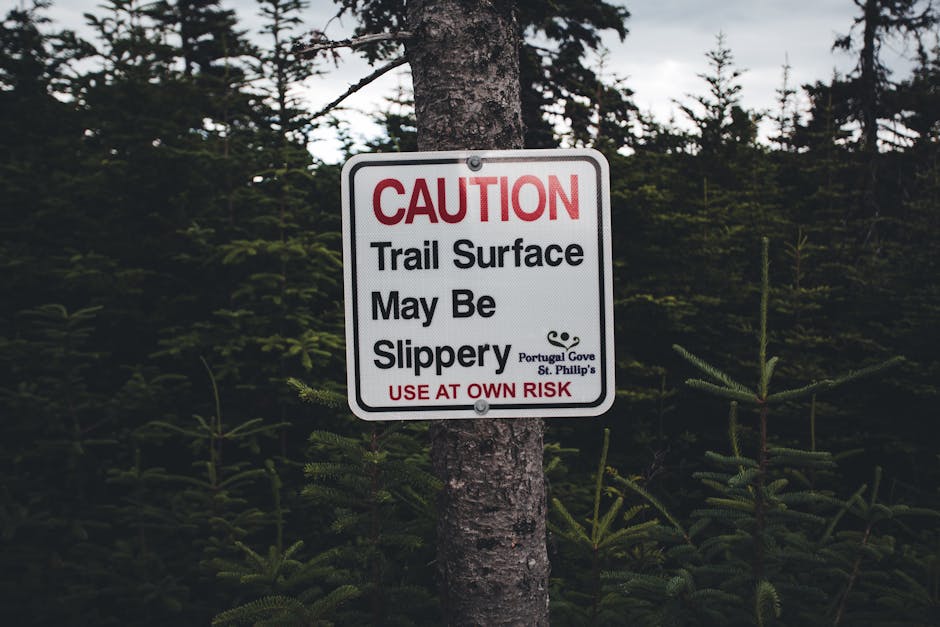Trees are valuable assets to any property—they enhance beauty, provide shade, and boost home value. However, their size and proximity to your home can pose significant risks if they fall. The cost of removing a tree can average $850, and if it damages your home, expenses can skyrocket. Moreover, homeowners insurance may not cover the costs if negligence is the cause.
Tree falls can also be fatal, with over 400 deaths reported between 1995 and 2007. While inclement weather often triggers falls, the tree’s health is a critical factor. Fortunately, trees exhibit signs of failure that can alert you to potential problems. Here are the signs to watch for:
Branches are falling more than usual
Frequent fallen branches indicate a tree in poor health. Dead branches suggest the tree may be dying. Contact an arborist to assess the tree. Even if salvageable, dead branches should be pruned to prevent damage or injury.
The tree is missing bark
Bald spots or “cankers” on a tree indicate weakness due to bacterial or fungal infections. These can compromise the tree’s structural integrity, increasing the risk of falling.
You notice fungus at the tree’s base
Mushrooms at a tree’s base are a red flag as they feed on the tree, indicating stress. If the fungus is affecting the roots, the tree is more likely to fall.
It has exposed roots
Visible roots suggest instability. While erosion can expose roots, it signals the tree’s anchor is weakening, risking a fall. Look for cracked soil, which may indicate root lift.
It’s home to carpenter ants
Carpenter ants and sawdust piles signify an unhealthy tree. Though the ants aren’t direct threats, they indicate rotten wood, necessitating an arborist’s assessment.
It has a split trunk or cavities
A split trunk or cavities can weaken a tree, threatening a fall. Multiple or large cavities may indicate serious issues needing professional evaluation.
The tree is leaning
A leaning tree suggests root instability, possibly due to winds or loose soil. Straightening is possible if the tree is otherwise healthy, but disease or rot may require removal.
Recognizing these signs early can prevent accidents and costly repairs. Consulting with a certified arborist can help determine the best course of action for tree care and safety.





